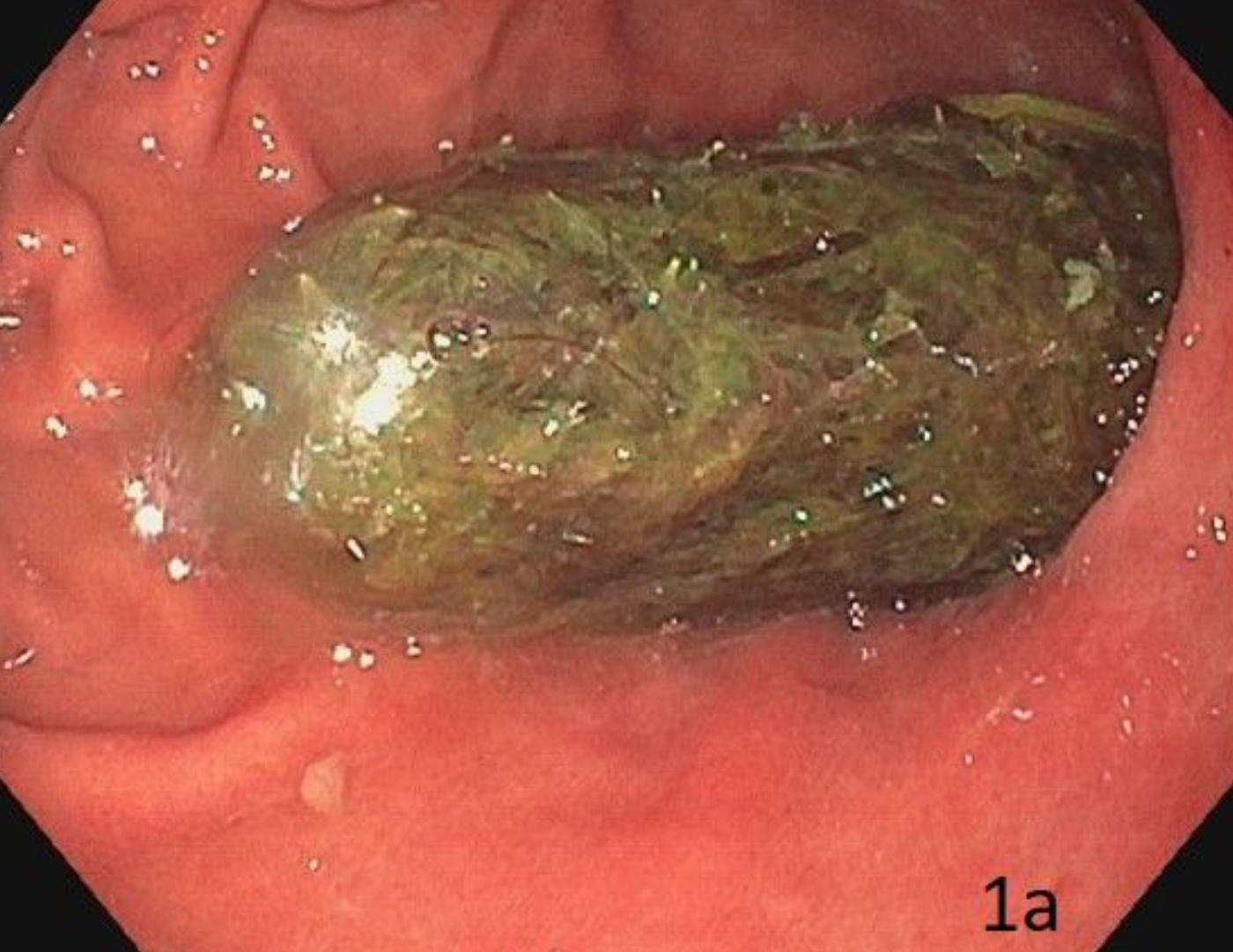Rapunzel syndrome
Adjunct Prof. Benjamin Walter, MD, Central Endoscopy Unit, Ulm University Hospital Alexander Kalner, MD, Department of Internal Medicine I, Ulm University Hospital Lukas Perkhofer, MD, Department of Internal Medicine I, Ulm University Hospital
Rapunzel syndrome – a very rare cause of gastrointestinal symptoms
A 31-year-old female patient presented to the University Hospital’s emergency department with upper abdominal pain that had persisted for 2 weeks. She also reported a long history of nausea and intermittent postprandial vomiting.
During the physical examination, a tumor-like mass several centimeters in size was palpated in the right upper abdomen. Following an inconclusive abdominal ultrasound examination, an esophagogastroduodenoscopy (EGD) was performed to exclude malignancy. The EGD revealed a foreign body in the stomach that was completely occluding the pylorus and causing symptoms of ileus. Closer examination revealed the clinical picture of a trichobezoar (hairball) (Fig. 1). The trichobezoar, which was more than 20 cm long, was mobilized in the stomach using grasping forceps, making it possible to remove it endoscopically with the help of a foreign-body cap (Fig. 2). The patient became completely free of symptoms after the intervention, and was discharged.
In addition to a borderline personality disorder, the patient was known to have trichotillomania and a tendency to trichophagy (compulsive eating of her own body hair) – a rare condition classified as an obsessive-compulsive disorder in DSM-5. A potentially life-threatening complication of this disorder is “Rapunzel syndrome,” which developed in this patient. In these cases, the tail of the hairball protrudes into the intestine like a long braid of hair and can lead to ileus conditions. The bezoars can be retrieved endoscopically, but in some cases only surgical removal is possible.
Legends




